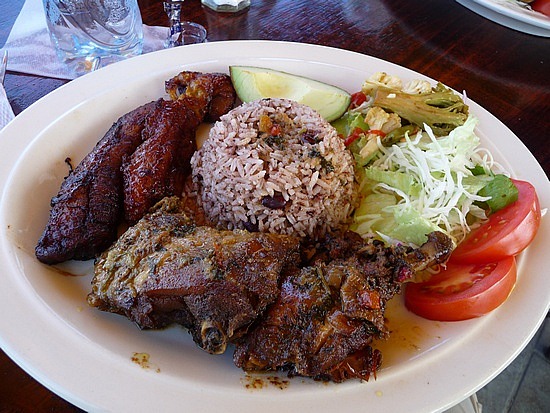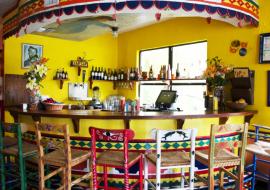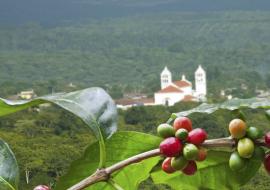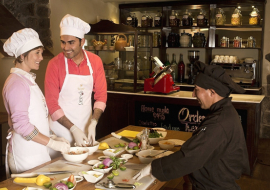Costa Rica Tourism Board Keen on Promoting Gastronomy Travel

According to the World Tourism Organization, gastronomy is becoming one of the most important incentives for travel, and countries should have strategies put in place to strengthen the quality, variety and uniqueness of the autonomous products of their destination.
With those statistics in mind, the Costa Rica Tourism Board (Instituro Costarricense de Turismo – ICT), along with the Costa Rican Chamber of Restaurants (CACORE) and the National Institute of Biodiversity (INBio), have announced the second phase of their National Plan for Healthy and Sustainable Food.
Developed as a new strategy which will improve the country’s competitiveness as a travel destination, the plan will help promote its gastronomic products and highlight its national heritage.
The program’s purpose is to promote Costa Rican cuisine as sustainable, considering social, environmental and economic aspects in all phases of the production, marketing and service. The program not only assists in training culinary establishment’s staff on how to prepare traditional dishes, but places high emphasis in using local plants, vegetables and fruits for the recipes.
This initiative is expected to garner increased appreciation for the local gastronomical culture at a national and international level.
“Here at the ICT, we are extremely proud of our national cuisine and even more proud to showcase it to the world via our tourism sector,” said Alejandro Castro Alfaro, director of marketing for the Costa Rica Tourism Board. “The National Plan for Healthy and Sustainable Food was created to further support this idea as well as the Sustainable Tourism National Plan.”
Costa Rica’s tropical location offers many exotic fruits and vegetables readily available and included in their local cuisine and drinks. Rice and black beans are also a staple of most traditional Costa Rican meals, often served three times a day. If you visit the Caribbean coast don’t forget to try the jerk chicken, seafood, and rice and beans dishes.
Or if you find yourself by Lake Arenal, try the charcoal grilled freshwater bass served with a palmito salad and a guanábana batido (shake). Other dishes worth trying are ceviche in the Pacific Coast, a pipa (coconut) fresh off the tree on the beach, tamales or a cup of Costa Rican coffee from a chorreador (pourer) de café.
As part of the committee that developed the National Sustainable and Health Food Plan, the ICT is implementing several projects to support the program. In January 2015, ICT issued its first ever Certification for Sustainable Tourism (CST) for gastronomy to five restaurants that are raising the bar for truly authentic, sustainable cuisine. The tourism board also plans to developing gastronomical festivals to further support the Costa Rican Traditional Gastronomy Program.
Trainings and certifications at the national level for the gastronomical and/or tourism sector of Costa Rica are to continue in 2015.













